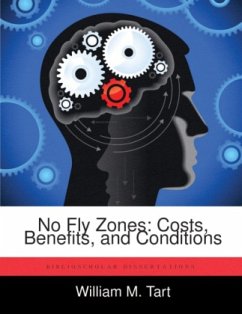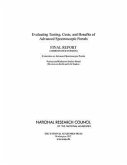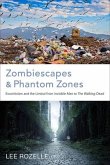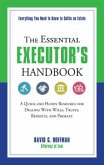This study attempts to determine if no-fly zones are effective tools of US foreign policy. In doing so, the author first defines what a no-fly zone is, what its key characteristics are, and what usable analogies are available to help decision-makers understand them. From there, he evaluates how the strategy development process applies to no-fly zones, and arrives at a framework that will provide beneficial for evaluating no-zones. This framework, broken into three levels of grand strategic, operational military, and domestic political, allows the reader to compare similar costs and benefits in a comprehensive manner arriving at useful conclusions. Next, the author applies this framework to the three no-fly zones the US has conducted since 1991-northern Iraq, southern Iraq, and Bosnia-Herzegovina. Using these case studies, the author shows that although expensive in some aspects no-fly zones are effective strategic tools that decision-makers should always consider when faced with national security challenges. The final section briefly points out conditions that can be manipulated by the US to reduce no-fly zone costs and/or increase their benefits as tools of US foreign policy.
Hinweis: Dieser Artikel kann nur an eine deutsche Lieferadresse ausgeliefert werden.
Hinweis: Dieser Artikel kann nur an eine deutsche Lieferadresse ausgeliefert werden.








